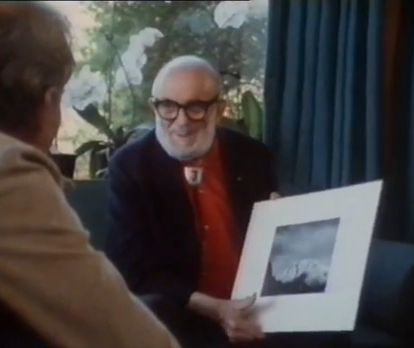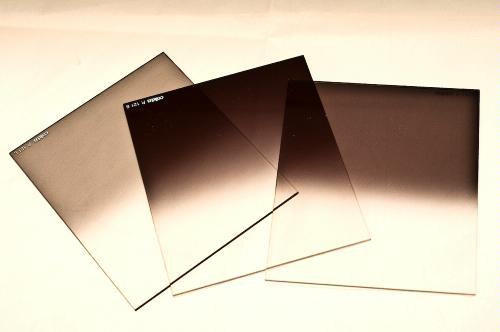Look carefully at your intended image.
Once you have your composition you should be able to check everything is correct. To do that effectively a good method for checking helps. We are going to look at a method to help you spot mistakes and problems.
What you need to check
In The fifteen second landscape appraisal I outlined a scheme for checking that the composition was all as expected. The scheme calls for a three step approach. First, check the frame. Next review the compositional elements. Finally, check the three D’s (Discordance, Disruption, Distraction). How you do that checking is critical.
I have often heard people say how they easily miss things when checking the viewfinder. Then, later in processing, the rogue element jumps off the image at them. So how can you carry out your ‘fifteen second appraisal’ and be sure not to miss anything.
A weird old sailors trick
My grandfather, a sea captain during WWII, ran freighters from Northern Ireland to London. These were most dangerous waters. They ran overnight up the English Channel to the Thames estuary hoping to escape enemy submarine patrols. They had a 24-hour watch on the ships bridge looking out for submarines. At night the chances of seeing a periscope was very low. Any search was better than nothing. The officers of the watch were taught that the most effective way to spot things that were out of place was to do the exact opposite to the way they normally read a book.
We are programmed to read left to right and as flowing as possible. We skip big sections of the text in interpretation jumps. According to research we actually use only the tops of letters to pick out the shape of the words. We read efficiently by missing out big chunks of the letters and text. Our eyes are actually trained to miss details when we scan as if we are reading.
It makes sense that if we need to look at things carefully and effectively we should be trying to do the opposite to reading. We should break the habit of skipping. In order to pick up the details, scan your composition through the viewfinder so that your eyes do the opposite to reading, scanning in the opposite direction. Work from bottom to top, right to left. As you sweep along unaccustomed routes through the scene you will be more likely to pick up details you would normally miss, things out of place and anything that falls within the realms of the three D’s.
More after this…
Can you write? Of course you can!We would love to have your articles or tips posted on our site.
Find out more…
Write for Photokonnexion.
Routing diagram
I have drawn an eye routing diagram in the picture above. Your eye-scan starts bottom right. From there you follow the numbering and arrows in the order of the fifteen second appraisal. First the frame. Check your frame composition following the arrows…
- Bottom right to left frame;
- Bottom left to top left frame;
- Bottom right to top right frame;
- Top right to top left frame.
In my composition the mountains either side, the wall on the right and the white sky above act as barriers. They prevent the eye from straying out of the picture. The idea is to hold the eye in the shot so it can drink in the aesthetics – the beautiful, mystery-laden, misty valley. If the frame achieves your compositional design move on.
The fifth step (no. 5) is to check your compositional elements. You are going to work the layers of your scene. Start with the foreground. Scan across the foreground looking for compositional problems and check your layering and any elements you have chosen to help the eye (line 6).
In the mid-ground look for the compositional elements that help the eye there. The mid-ground layer is important – it draws the eye into the landscape. I have zoned it as a shadowed grey box. The end of the wall marks where the eye leaps into the picture. The road draws the eye to the mid-ground. The wall across the scene from the number five right down to the bottom of the valley marks a mid-point for the picture, as does the sweeping ridge in from the left.
Line 8 check allows for the composition check for distance zone. We look to see if it works for, in this case, holding the eye in the picture.
In the final sweep we follow lines 6, 7, and 8 again. This checks these zones for the three D’s. We are looking for detail not composition – stand-out errors; the discordance, disruptions and distractions.
By the time you have done these sweeps, and the way you have done them, you should have spotted the problems, errors, and disharmonies that may spoil your shot.
The fifteen second appraisal is a process that take a little personal training. Those short seconds will make the difference to your outcome photograph.
By Damon Guy (author and Photokonnexion editor)

Damon Guy (Netkonnexion)
Damon is a writer-photog and editor of this site. He has run some major websites, a computing department and a digital image library. He started out as a trained teacher and now runs training for digital photographers.
See also:
Editors ‘Bio’.

![]()






